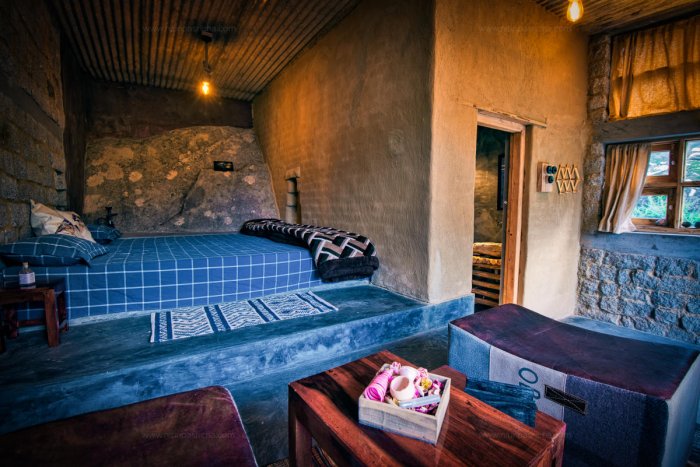There a slow revolution brewing in the world of construction. Since the mid-1960s British-born Indian architect Laurie Baker pioneered a newer method of construction by using locally available material. Many architects thought of joining this movement of making only sustainable, highly energy-efficient buildings, but it mostly remained a romantic vision. Now, younger architects seem to be changing the concrete jungles.
They are creating cost effective, energy efficient abodes and reducing carbon footprints. And where they get a good chunk of land, they go all out to make completely eco-friendly buildings. The young architect duo Areen Attari and Shahveer Irani of Mumbai say, “We base our house designs on the surrounding environs.” “We study the movement of the sun and the wind around the structure, then work around these to get less energy-guzzling construction,’’ explains Manoj Patel, another young architect from Gujarat.
“We study traditionally built old houses in the vicinity. Pick up tips from these architectural wonders and then offer our clients a plan,” says Coimbatore-based Samyuktha S who works with Tanzin Phuntsog of Nubra valley in Ladakh. (You can read more about these two here.)
When you start talking to them, instead of hearing words like cement, concrete, iron or floor plans, you get to know words like adobe, cob, earthbag, stone masonry, rammed earth, clay roof tiles, scrap material, discarded wood, sustainability, wind direction, etc. None of them have inherited the trade. They are all first-generation architects trained from city-based architectural institutes.
Manoj is famous for tiled façades and low-cost, but trendy and fashionable constructions. “My problems come with large-budgeted clients. I love designing from restored scraps, wood, shutters and sometimes even from discarded bricks and metal sheets. Why waste any material and increase the landfills? And I use Mangalore-style tiles. These tiles, if used judicially, are the best sort of energy savers”.

Areen and Shahveer, who started a bio-architect firm, recall the time when one of their Mumbai-based clients wanted to relocate near Manali and required a six bedroom entirely sustainable homestay to be built. “It was winter time. When we first went to see the place, we found that the land was a snow-covered slope with huge boulders jutting out. We decided to use this in the construction. Instead of breaking down all the boulders, we created a stone house by constructing around one giant boulder. It became part of walls of two rooms, which also helped to create a totally unique interior,’’ recalls Areen.
“We love to build homes by using earthbags, which are very sustainable, energy efficient, low cost, earthquake-proof and even bullet-proof as the walls are very thick. My own 1,200 sq ft home in Valukkuparai is made in this manner,’’ explains Samyukta. “Our firm isn’t based anywhere. We move with the project and our motto is to be completely eco-friendly.” Earthbag buildings are becoming very popular even in the US as they are cost effective and completely environmental friendly, can withstand floods, rains, earthquakes and even bullets. If maintained well, they can last for more than a century.”
Signing off, Areen says, “If we get to redevelop the Dharavi slums in Mumbai, we will do it our own way and make it a completely sustainable, eco-friendly housing colony!”
You can read the original article at: www.deccanherald.com
